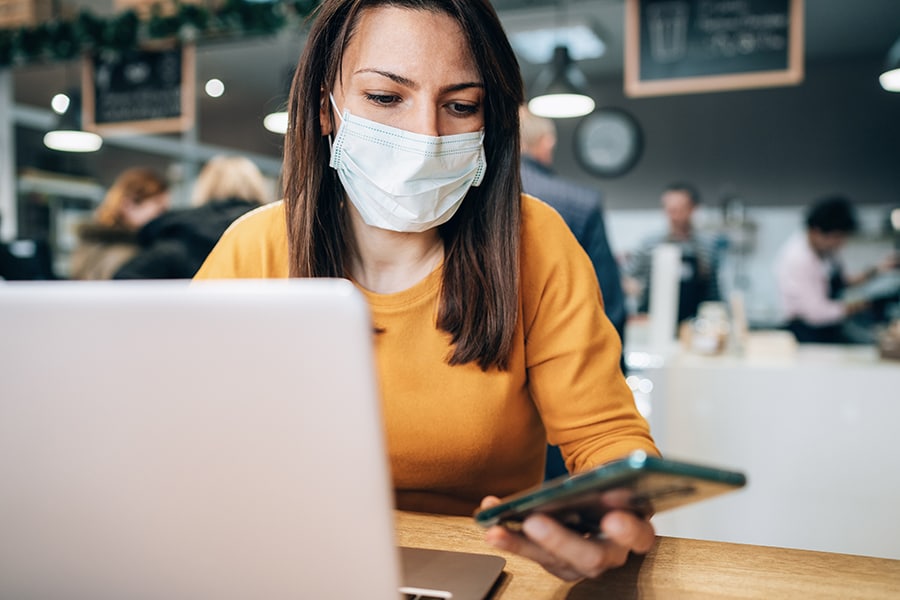
Who guarantees your workplace is safe for return?
Building health is today a top priority for owners and tenants, but how do we know our offices are safe to re-enter
 Image: Getty Images
Image: Getty Images
As we start to think about returning to work, shopping, and recreation, there is much talk about transformed workplaces and innovative social distancing designs. But how will companies, workers, and customers have confidence that these new measures will actually be effective at protecting them?
Beyond what we can do as individuals to reduce our risks of exposure, are there objective measures employers can use to validate what is effective? The answer, fortunately, is yes.
Many claims will be made over the next few weeks and months that stores, restaurants, offices, and processing plants are now at a level of reasonable safety to open up. Much media attention has been paid to easing restrictions—basically increasing the available supply of offices, restaurants, colleges, stores, and factories.
The demand side should be of equal or greater concern: Will shoppers, diners, students, and workers feel safe returning? How can they be comfortable that the space is safe beyond just taking someone’s word for it?
Cautious and shell-shocked employees and customers—as well as skittish lenders and insurance companies—can be expected to look for some objective standard of reasonable care before they will concur that indoor environments are reasonably safe. There are likely to be do-it-yourselfers, top shelf evaluators—and charlatans. You will need to be able to tell them apart.
What to ask for: What gets measured gets doneHere are key requirements to ask of any service provider offering to certify your work setting as a healthy building. These best practices apply for employers, employees, and customers alike.
This article was provided with permission from Harvard Business School Working Knowledge.




